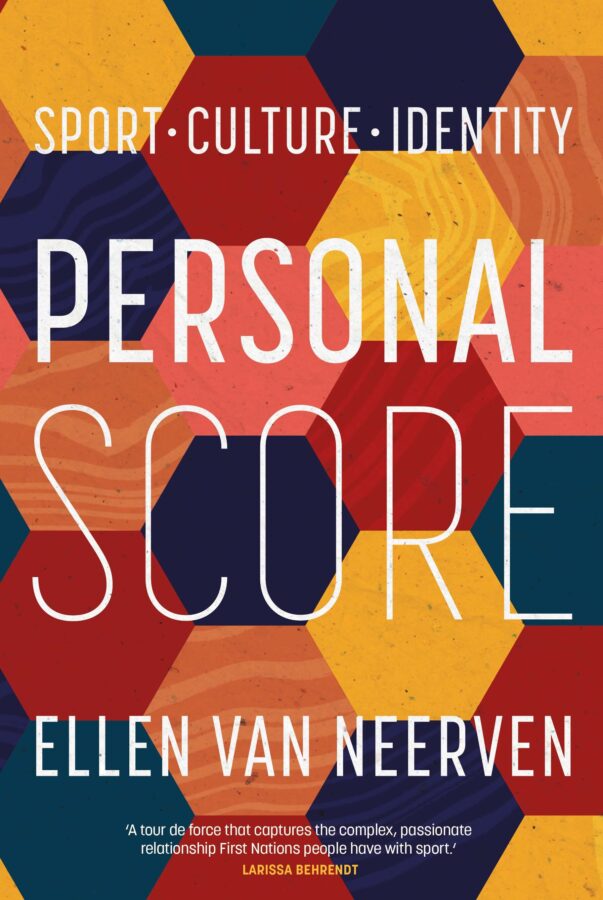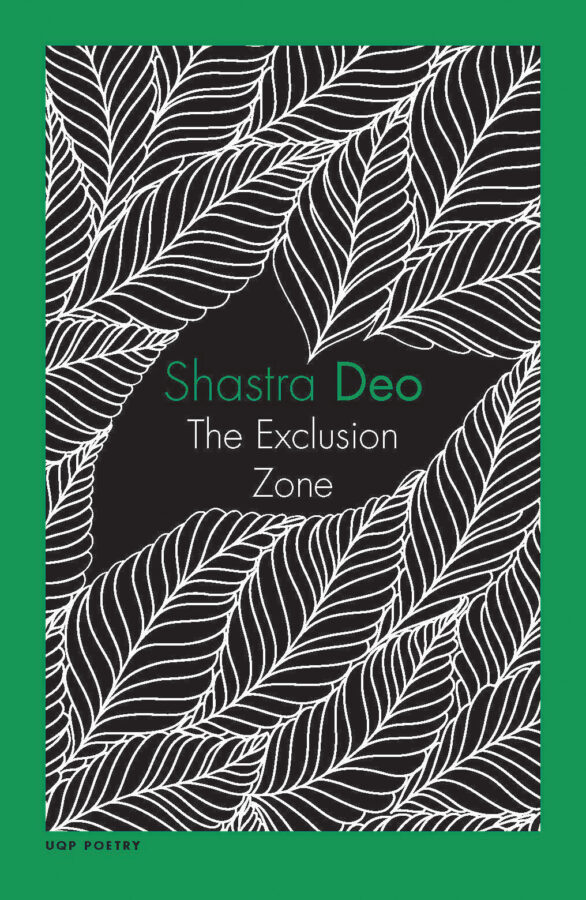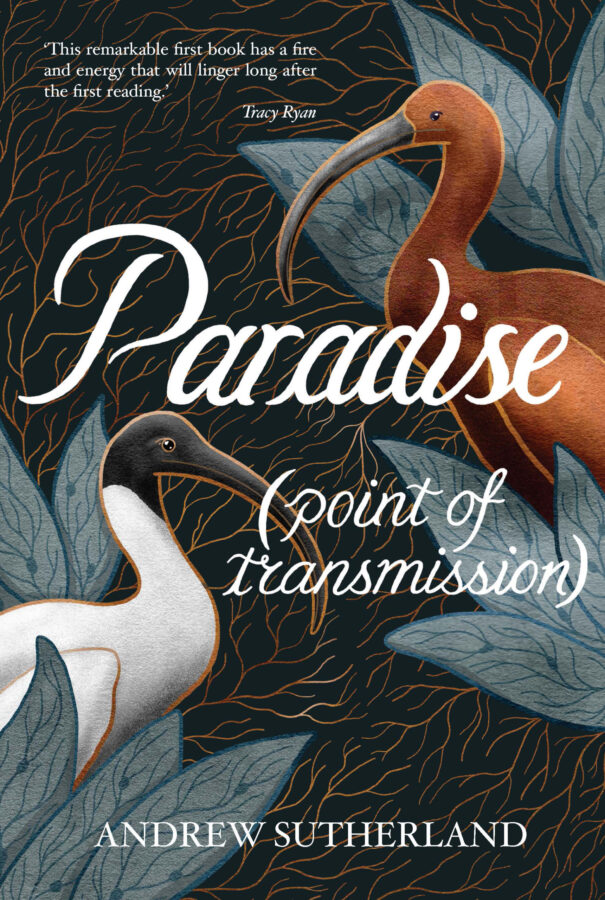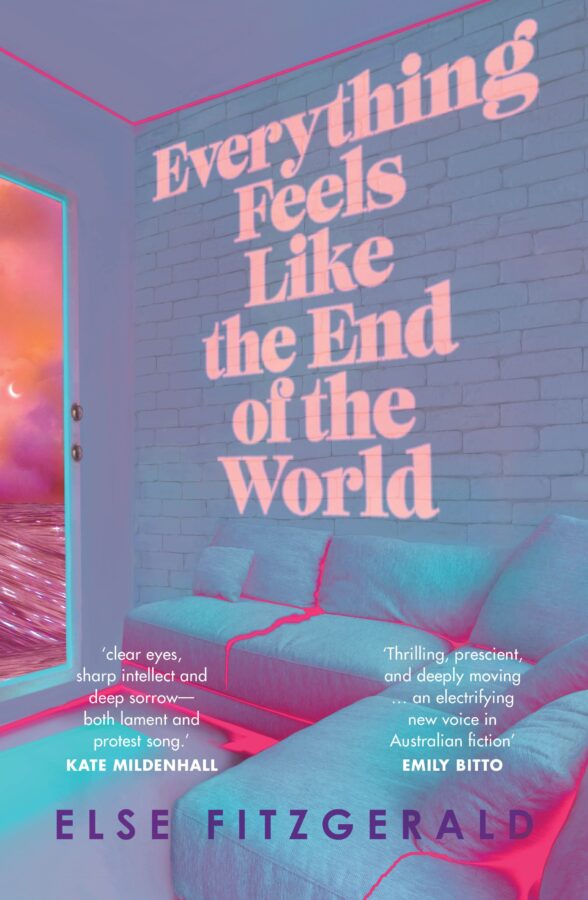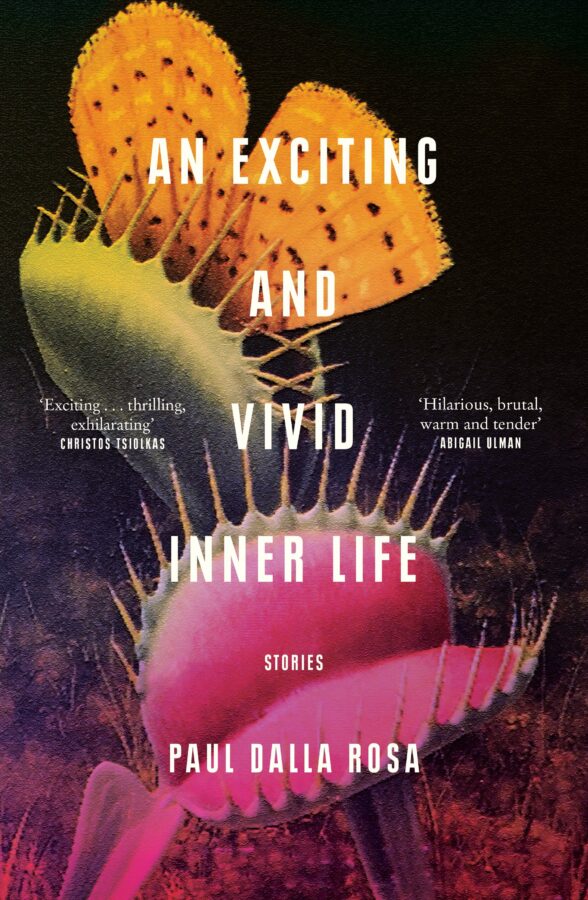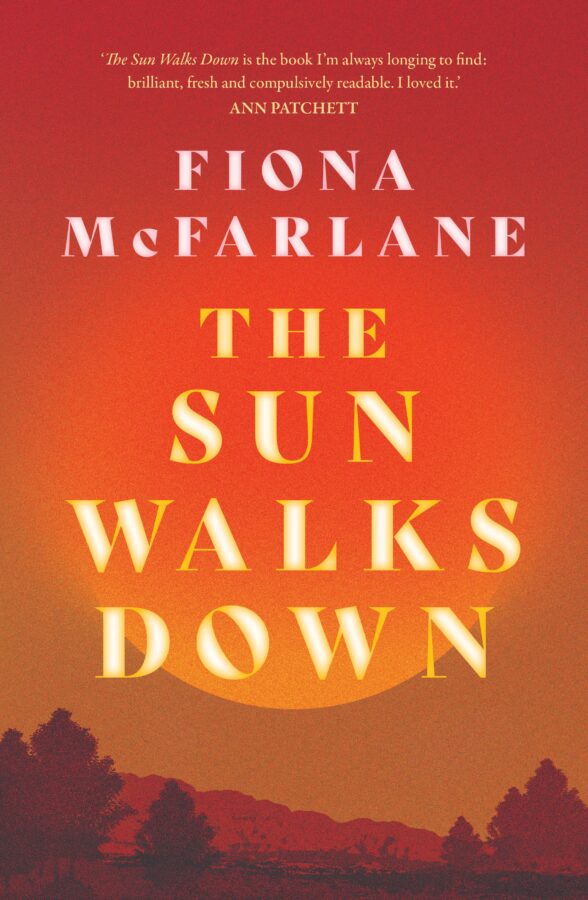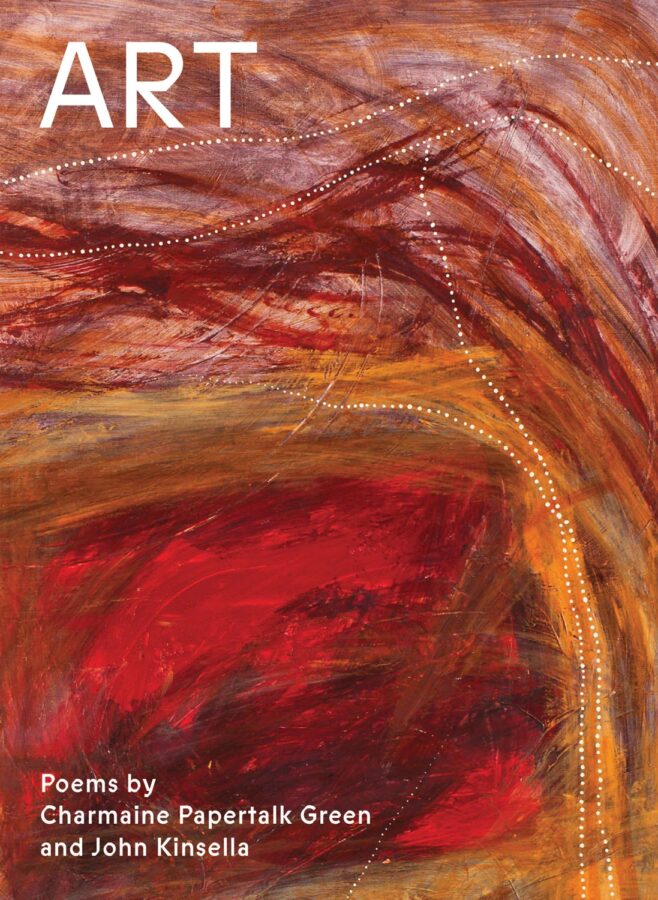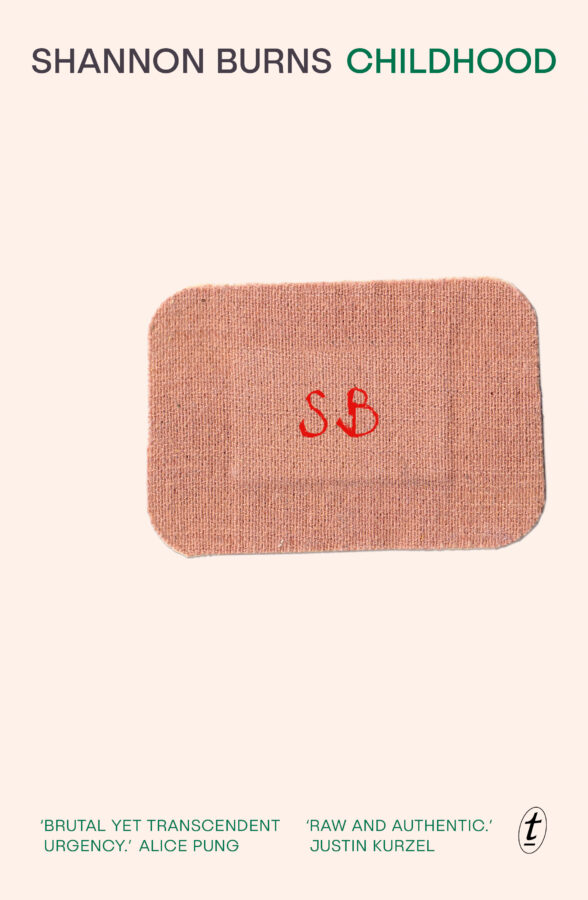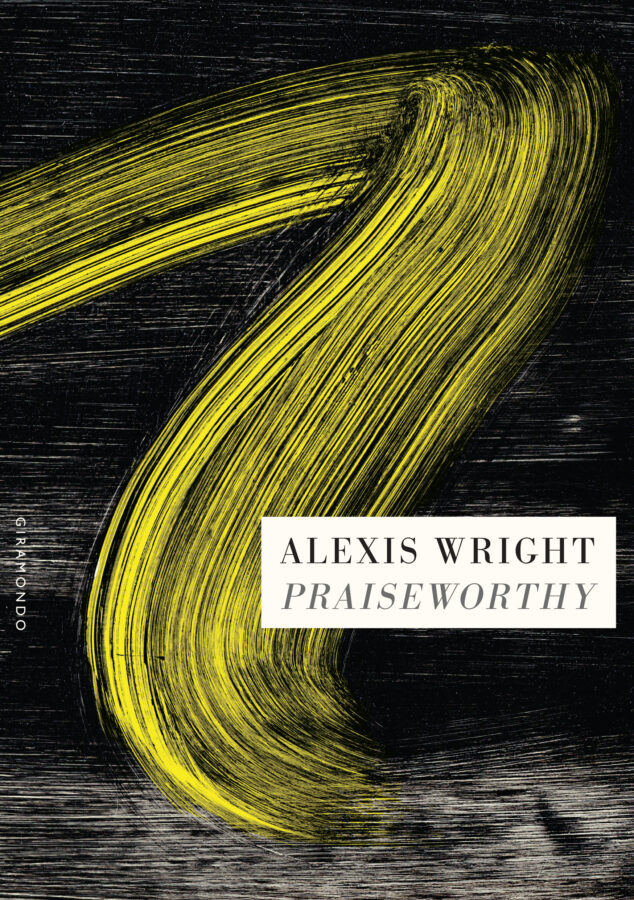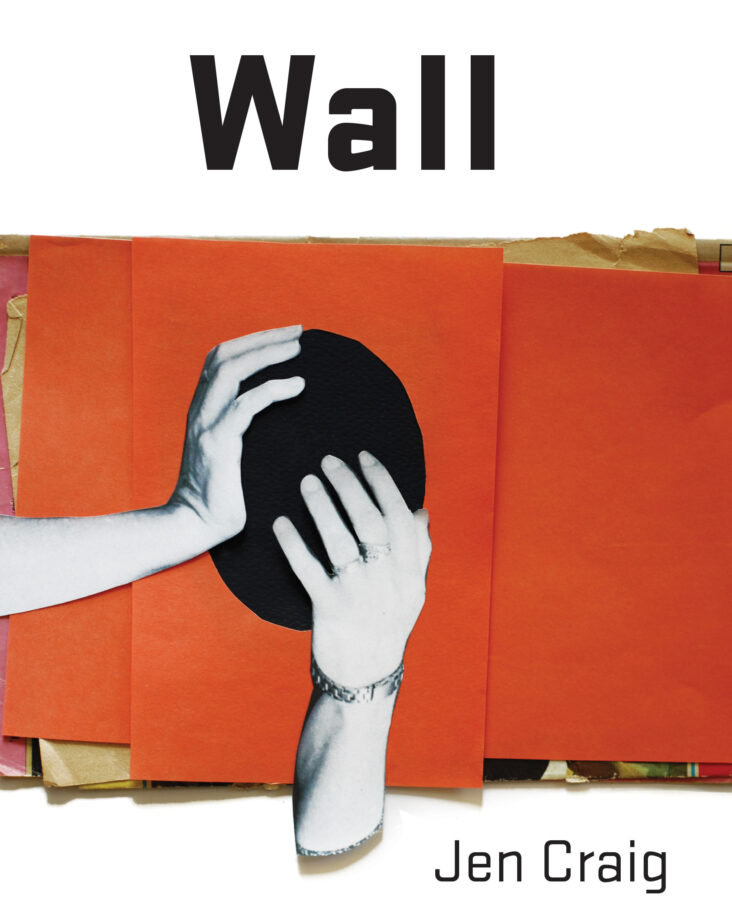Australian literature
Back to the Old House
Lost child stories have appeared so frequently in our national literature that a vast critical discourse has grown around them. As Peter Pierce suggests, these stories have long been used by white Australians to work through settler anxieties of unbelonging. Elspeth Tilley argues that ‘white vanishing’ narratives, compulsively retold, enable white Australians to assume a victim position. While the search for the lost child offers a chance for the community to rally, assert its heroic qualities, the lost white child functions as a symbol of national innocence, obscuring a history of violent dispossession.
Saved by Books
In Childhood, Shannon Burns quickly turns to speculation about why he, ‘a child of the welfare class’, managed, after his tumultuous early years, to find an exit route into the educated middle class, especially where many of his family members have not. I know for a fact that this is a question that plagues many people who grew up in similar circumstances to Burns, and it’s a question that I have posed and attempted to answer myself.
